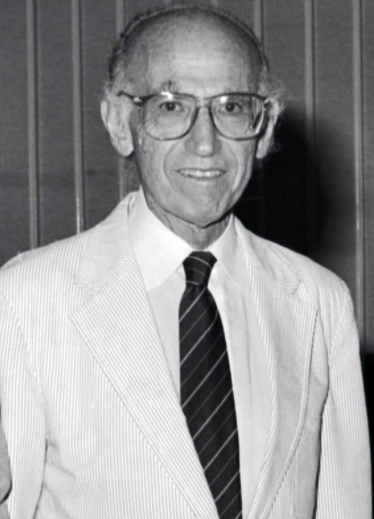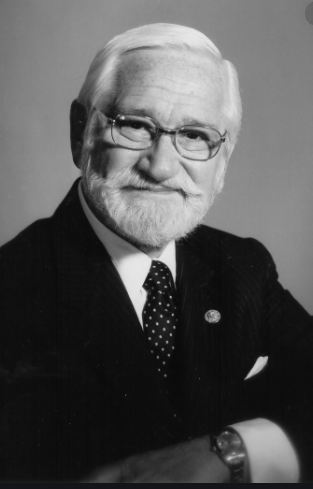Background In The Polio Vaccine
During the polio epidemic, two major medical scientists were racing against the clock to solve this issue, Dr. Jonas Salk and Dr. Albert B. Sabin. Both devolped a immunization against polio, with Salk using a dead virus, and Sabin using a live one. This made a crucial difference between the vaccines. Salk’s virus was finished before Sabin’s but required multiple shots and was not effective in every patient. While Dr. Sabin created a more effective polio vaccine with a live virus but not until ten years later.

Dr. Jonas Salk
Photo of Dr. Jonas Salk in his later years
"Jonas Salk." In American History, ABC-CLIO, 2019. Image. Accessed December 10,
2019.
Dr. Jonas Salk was born October 28, 1914, in New York City. His parents, Daniel and Dora Salk had three sons including Jonas. His life in the medical field truly began when he graduated from New York University and started working as a scientist physician at Mount Sinai Hospital. In 1947 he was hired as a director for the Virus Research Laboratory where he started his research on the polio vaccine. In 1954 is when the first tests were run for the vaccine. About one million children from six-nine were given the vaccine. When the vaccine was first released in 1953 there were about 45,000 cases of polio. But by 1962 that number had dropped to 910 cases.

Dr. Albert B. Sabin
Photo of Dr. Albert B. Sabin in his later years
Albert B. Sabin, MD. Photograph. Accessed February 11, 2020.
http://www.polioplace.org/people/albert-b-sabin-md.
Dr. Albert B. Sabin was born on August 26,1906, in Bialystok, Poland. He emigrated to the U.S in 1921 to escape Jewish persecution. Ten years later he received his degree from New York University and started researching viral infections and polio. In 1939 Dr. Sabin joined the staff at the Children's Hospital Research Foundation in Cincinnati, Ohio where his research showed that polio lives not only in the nervous tissues but also in the small intestine. His work was interrupted by WWII when he joined the U.S Army Epidemiological Board’s Virus Committee. Which led to him collaborate with the Russian Federation during the Cold War to develop the oral live vaccine.